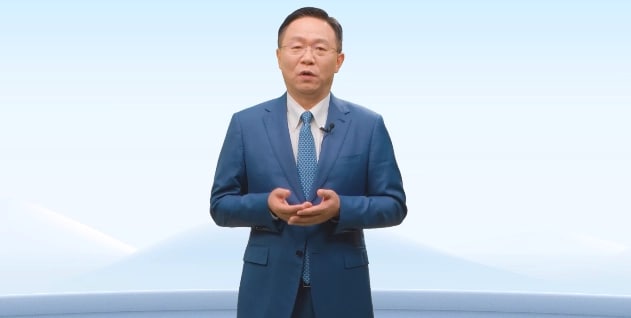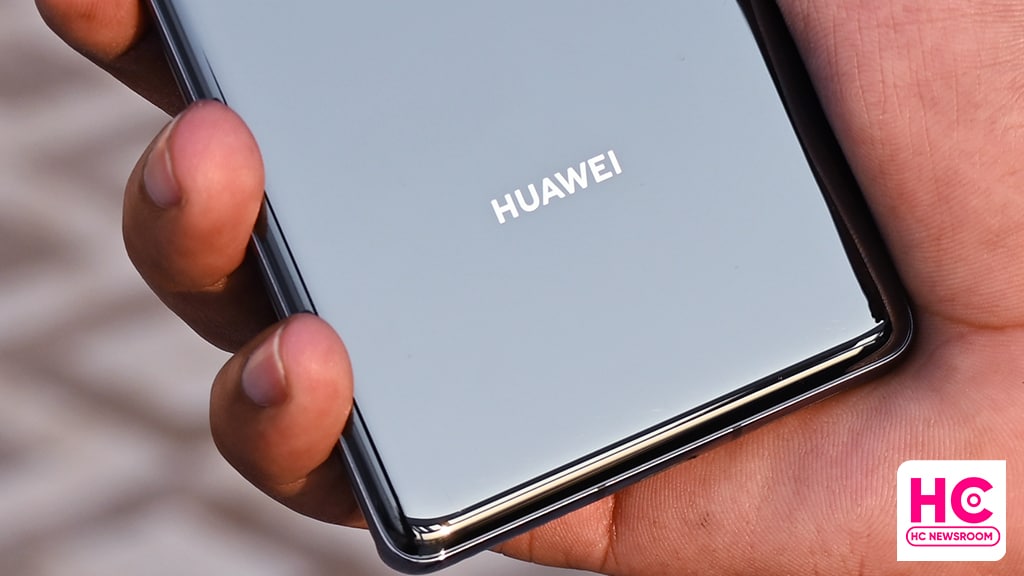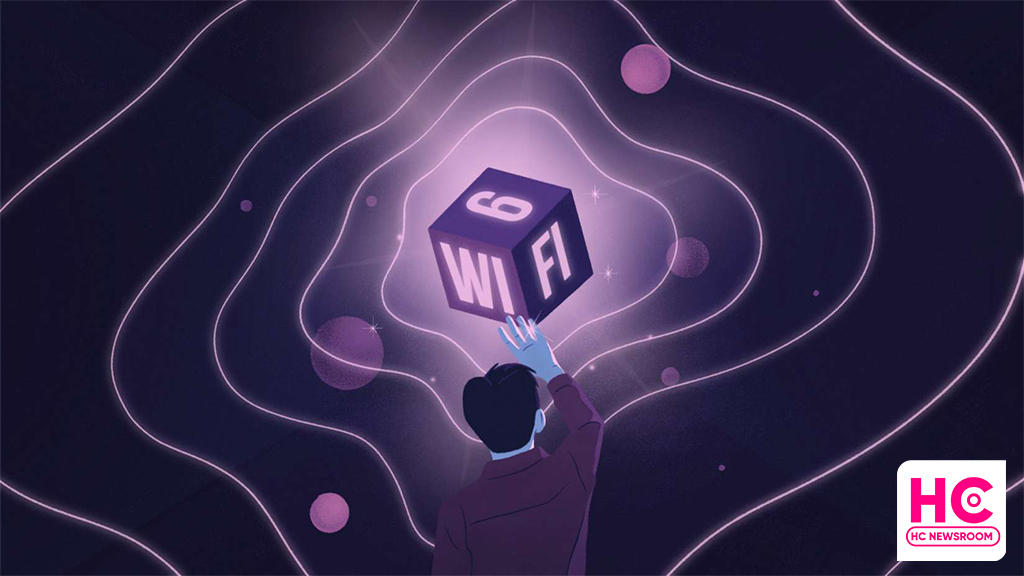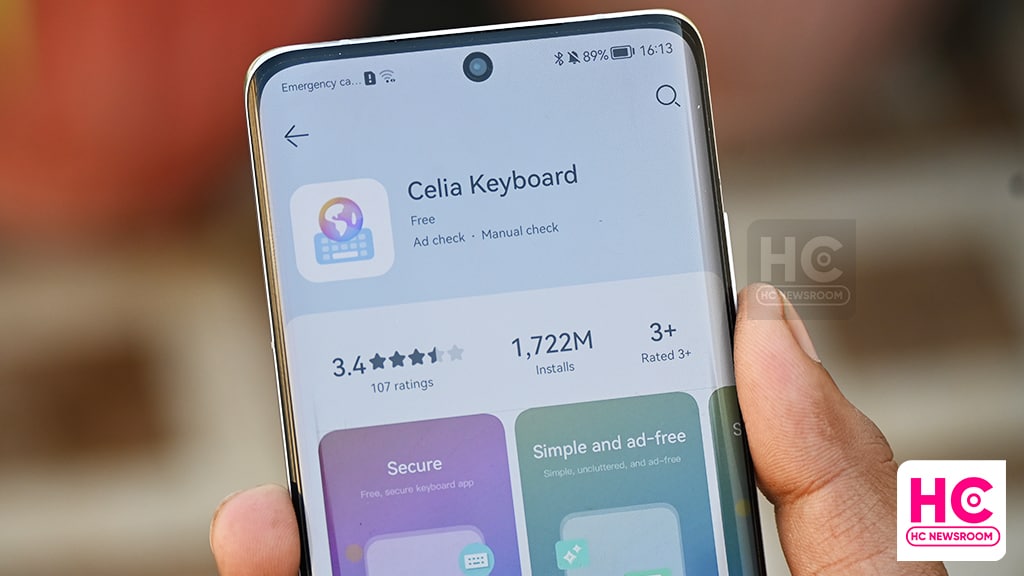HarmonyOS 3 changelog for Huawei Watch 3 [Global]
Huawei Mate 40 series gets Turbo Charge mode
Breaking: Global Huawei Watch 3 began receiving HarmonyOS 3
Huawei Watch GT 3 HarmonyOS 3 beta delayed to next year
So, Huawei P60 will run HarmonyOS 3.1
Which non Google apps Huawei phone you purchased in 2022?
Huawei Pocket S flip phone’s 512GB version enters sale
Huawei Mate X3 and P60 to clash for launch date
So, Huawei P60 will run HarmonyOS 3.1
The tiny Huawei Y5p is still a super affordable phone
Huawei Mate 40 series gets Turbo Charge mode
Huawei Nova 5T gets 2022’s last EMUI update
Huawei P50 Pocket gets December 2022 EMUI update [Global]
Breaking: Global Huawei Watch 3 began receiving HarmonyOS 3
Huawei Nova 9 SE gets December 2022 update
Download the latest Google Play Store APK [33.6.13]
Huawei Petal Maps 3.2.0.200 brings new features
Download Huawei AppGallery App (12.7.1.300)
Google Play Store 33.6.13 is up in stock
Get the latest My Huawei app [12.1.10.300]
Huawei MateBook 14s Intel i9 sale begins
Huawei MateBook D14 SE notebook gets 16GB RAM version
Huawei MatePad SE and Pro 12.6 gets new memory version to Malaysia
Huawei MatePad Pro 10.8 gets November 2022 patch
Huawei is the only PC maker to make growth in Q3 2022 in China
HarmonyOS 3 changelog for Huawei Watch 3 [Global]
Latest Huawei tech could detect Lung infection using SpO2
Check Huawei Watch GT 2 owners’ feedback on user experience in 2022
Huawei Band 4 with SpO2 opens sale at lowest price
Huawei launches ‘Year of the Rabbit’ FreeBuds earphones engraving service
Published
on
By
The success story of the HarmonyOS and OpenEuler operating systems needs no introduction and Huawei has now promised to boost investment in the operating system market more than ever.
Wang Tao, Executive Director of Huawei and Director of the ICT Infrastructure Business Management Committee attended China’s Operating System Industry Summit, saying that his company will increase investment in research and development of operating systems in various fields.
At the event, Tao delivered a speech entitled “Aggregate Root Technology, Open Source and Build a Prosperous Ecosystem of Basic Software”. 
HarmonyOS:
This year, Huawei achieved over 320 million installations for HarmonyOS on its own devices and over 250 million unit installations of HarmonyOS Connect on third-party devices.
Euler:
OpenEuler is another example of excellence for Huawei in the operating system industry, as this new software recently reached over 3 million installations in service systems, account around 25% of the overall Chinese server market.
Tao’s vision for industry:
The Huawei official said the rise of the digital economy requires root-level development of the strong basic software industry.
Therefore, Huawei has a full range of ICT filed products. To make them, Huawei has accumulated basic software technologies and deployed them including operating systems, databases, AI frameworks, programming languages, and compilers.
Tao said Huawei will further increase the R&D investment to enhance the innovation and competitiveness of basic software to support the construction of digital infrastructure and improve the application ecosystem for products.
He also shared Huawei’s approach toward open-source software technologies. Huawei has applied its own software as Euler and HarmonyOS and donated them to OpenAtom Foundation.
The company promised that it will also invest to construct these two operating systems by embracing further the operating source community.
Tao also emphasized the importance of a large and quality app ecosystem, which is a key progress-maker for any operating system.
(source)
Open source HarmonyOS now supports FHSmart100 board
OpenEuler OS completes 3 million server device installations
Most of Deng Li’s smartphones are from the Huawei ecosystem and his first Huawei phone was Ascend Mate 2 (4G). As a tech enthusiast, he keeps exploring new technologies and inspects them closely. Apart from the technology world, he takes care of his garden.
EMUI 13 Eligible Devices (Expected)
Huawei EMUI December 2022 Updates List
2022, a tough year for Huawei smartphones but also crucial
Published
on
By
We’re about to complete 2022 and it was a tough year for Huawei but it was also an important one for the Chinese smartphone maker in every aspect whatsoever.
This year, Huawei skipped the Huawei P60 series launch event, which used to happen in the first quarter. However, the issues were related to a scrambled supply chain. After the events of the 2019 U.S. blacklisting, Huawei was under tight scrutiny and facing severe challenges in the supply chain.
Hence, components such as smartphone chipsets became hard to organize for new Huawei devices. In 2022, Huawei readjusted around the current business with Qualcomm and used 4G chips in the latest smartphones.
Since Huawei can no longer print HiSilicon chipsets via chipmakers such as TSMC, the company is relying more on Qualcomm and less on Kirin. The beginning was difficult but Huawei later assured sufficient Snapdragon supplies.
GMS:
Google Mobile Services and Play Store have been a big matter of concern for new smartphone buyers. This year, most consumers knew that Huawei phones no longer support Google apps. On the other hand, customers could now easily determine whether to buy a Huawei phone without any confusion.
EMUI and HarmonyOS:
2022 has proven to be a major year in EMUI and HarmonyOS software rollout history and it brings you the latest features. However, the latest version is yet to rollout for old phones.
Smartwatch and wearables:
Other than smartphones, Huawei is focusing on all of the smart consumer platforms such as tablets, smartwatches, and earbuds. The company continues to innovate for a better user experience and launch new products.
Signs of return:
Progress leads toward a positive state and the progress made over the past year is crucial from all angles. To understand, Huawei is gradually returning shipment records in the Chinese market. A place, where Huawei ruled supreme before the U.S. ban.
2022 was a tough year, the move in market share is gradual but the positive numbers for Huawei are encouraging and it laid out a good foundation for 2023. 
Published
on
By
A Chinese information and communication technology academy released a report on Global Wi-Fi 6 technology innovation and standard 2022 and Huawei is revealed to be a leader in this Wi-Fi version along with Qualcomm.
Patent data and analysis are based on the data compiled throughout the year including legal status, layout region, patentee, and technology to demonstrate global Wi-Fi 6 innovation activities and development trends.
The researcher pointed out that the evaluation results show that among the 2,115 Wi-Fi 6-related patent families retrieved and evaluated (published before July 2021), 606 were evaluated as Wi-Fi 6 standard-essential patent families.
Among them, companies with the largest holdings include Qualcomm, Huawei, Intel, LG, Marvell/NXP, MediaTek, Broadcom, and ZTE. The total number of Wi-Fi 6 standard-essential patent families of the above-mentioned eight companies exceeds 90% of the number of Wi-Fi 6 standard-essential patent families assessed this time.
From these Wi-Fi 6 leaders, Qualcomm ranked first, accounting for 20.46%, and Huawei ranked second, accounting for 20.30%. From a technical point of view, frame structure design, preamble design, and OFDMA are the most deployed technical directions.
Judging from the time distribution of 606 family patents, before the IEEE started the standardization work of 802.11ax (Wi-Fi 6) in 2013, enterprises had already started the pre-research work of the Wi-Fi 6 standard and laid out a small number of Wi-Fi 6 standard requirements. patent.
After 2013, while enterprises actively participated in standard formulation, they also concentrated on the deployment of Wi-Fi 6 standard essential patents, and the number of applications reached a peak in 2015, and then began to decrease year by year.
Among the 3,564 Wi-Fi 6 valid patents/patent applications in the 606 families, the number of applications in the United States ranked first, accounting for 31.9%; the number of applications in China ranked second, accounting for 14.9%.
Japan’s patent applications accounted for 13.7%, 8.7%, and 8.2% respectively. Another 22.6% of patents are distributed in 33 other countries or regions around the world, among which Brazil, Canada, and Australia are the most distributed countries. 
Published
on
By
Huawei has launched Celia Keyboard for its smartphone and now added enter to send a message for social messaging apps including WeChat and QQ in China.
According to the information, Huawei Celia Keyboard for tap to enter to send a message feature comes with app version 1.0.19.103. Since, these apps aren’t available in the global market, we may not see it rolling out.
After this update, the Celia Keyboard will enable this feature of WeChat and QQ to press the enter key to send messages. Complaints and reporting portals for quotations, emoticons, skins, have been added. Newly added pinyin input during the upward sliding number without interrupting the input; associative word engine optimization, etc.
Below you can check the complete changelog:
- Add WeChat, QQ Enter key to send messages feature
- Added complaint reporting portals for quotations, emoticons, skins, etc. in the mall
- During the new Sogou input process, sliding up the number does not interrupt the input
- Associative word engine optimization
- Bug fixes

Copyright © 2022 Huaweicentral.com